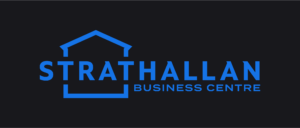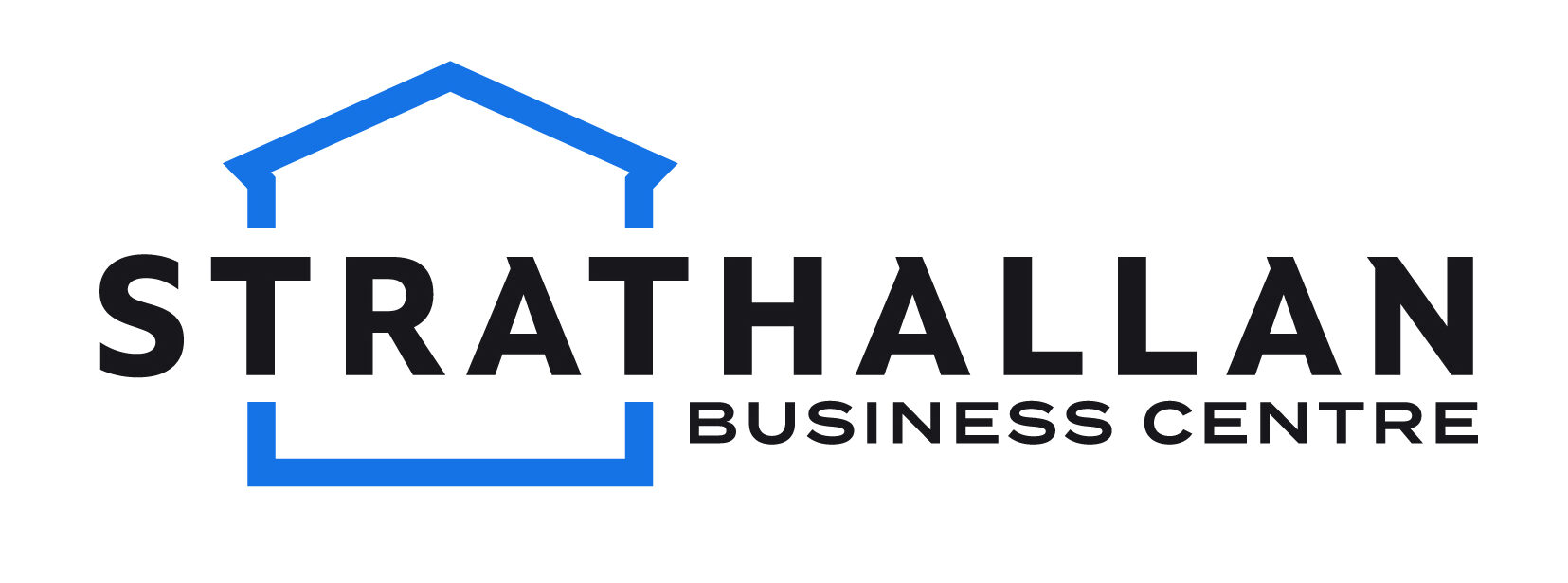
In recent years, the traditional concept of a fixed desk in the workplace has undergone a significant transformation. Enter the era of hot-desking – a practice where employees do not have assigned seating but rather choose a desk or workspace upon arrival. While it may seem like a departure from the norm, hot-desking offers a multitude of benefits for both employers and employees alike. Let us look at the essence of hot-desking and explore why it is becoming a preferred choice in modern workplaces.

Flexibility and Adaptability:
One of the primary advantages of hot-desking is its flexibility. In an environment where projects, teams, and priorities constantly evolve, having the freedom to choose where to work can be empowering. Hot-desking enables employees to align their workspace with their specific tasks or projects, fostering a sense of adaptability and agility within the organisation.
Collaboration and Cross-Pollination:
By breaking down physical barriers and encouraging fluid movement throughout the workspace, hot-desking facilitates collaboration and cross-pollination of ideas. When individuals from different departments or teams find themselves sharing a workspace, spontaneous interactions occur, leading to serendipitous discoveries and innovative solutions. This open environment nurtures a culture of creativity and teamwork, driving organizational growth and success.
Resource Optimisation:
From a logistical standpoint, hot-desking and co working offers significant benefits in terms of resource optimisation. By eliminating the need for assigned desks, companies can make more efficient use of office space and reduce real estate costs. Or allows employees to work across multiple sites. Moreover, hot-desking encourages a paperless environment, as employees tend to rely on digital tools and resources rather than traditional paperwork. This streamlined approach not only contributes to cost savings but also aligns with sustainability initiatives, reducing the organisation’s ecological footprint.
Enhanced Employee Experience:
Employee satisfaction and well-being are crucial components of a thriving workplace culture. Hot-desking promotes an inclusive atmosphere where employees feel empowered and valued. The ability to choose their workspace according to their preferences fosters a sense of autonomy and ownership, leading to increased engagement and morale. Additionally, hot-desking allows employees to break away from the monotony of a fixed routine, stimulating creativity and productivity.
Adaptation to Remote Work Trends:
With the rise of remote work and telecommuting, hot-desking and co working serves as a bridge between the traditional office and the virtual workspace. As employees split their time between working remotely and being in a collaborative environment, hot-desking provides the flexibility they need to seamlessly transition between different modes of work. This hybrid approach accommodates diverse work styles and preferences, ensuring continuity and efficiency in an increasingly digital world.
Conclusion:
In conclusion, the adoption of hot-desking represents a change in how we perceive and utilise office space. By prioritising flexibility, collaboration, and resource optimisation, hot-desking empowers organisations to adapt to the evolving needs of the modern workforce. Beyond its practical advantages, hot-desking fosters a vibrant and inclusive workplace culture where employees thrive and innovation flourishes. As we continue to embrace the dynamics of the digital age, hot-desking stands as a testament to the power of innovation in redefining the future of work.
